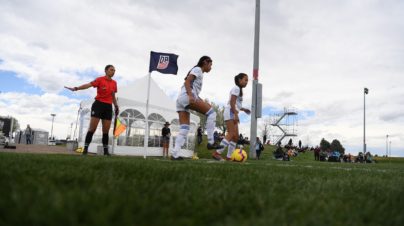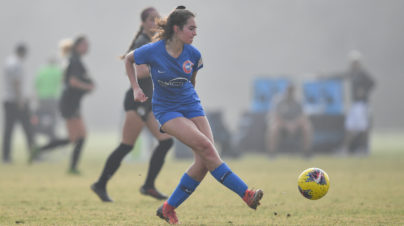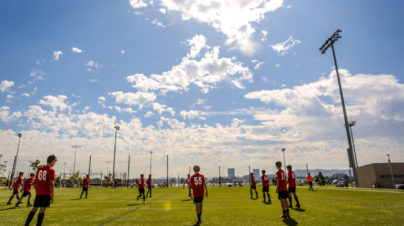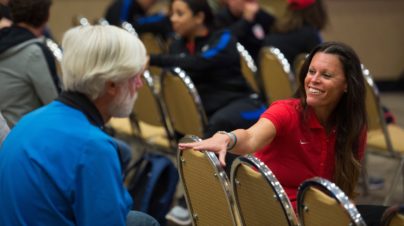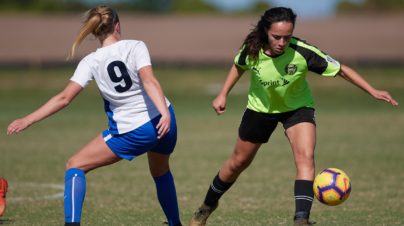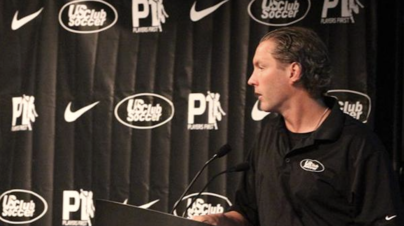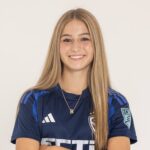Boehm: Inside the frantic final days of the Development Academy
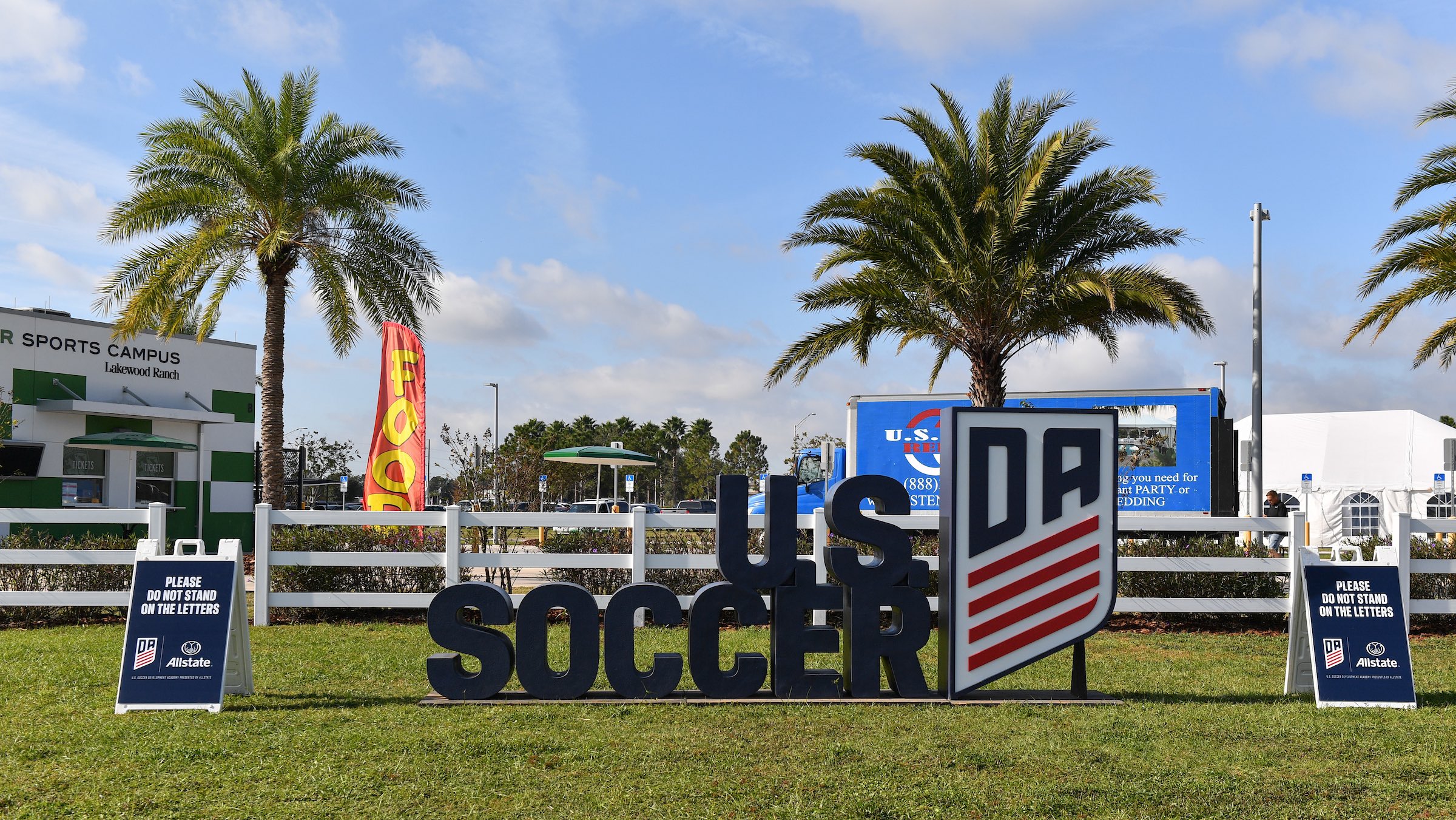
By Charles Boehm (@CBoehm)
SoccerWire Analyst
For some insiders, a rising drumbeat of chatter over the previous few months was a tipoff. But for most of the American youth soccer community, the rumors really flared in earnest on Friday, April 10, the morning after a tweet from coach and commentator Glenn Crooks.
At first it seemed unbelievable. Even in the midst of a devastating global pandemic, how and why could the U.S. Soccer Federation summarily shut down their leading player development platform, a 13-year-old national league that they’ve spent many millions of dollars on – and had budgeted nearly $10 million for in the 2021 fiscal year alone? Surely this just meant that the current 2019-20 season was being abandoned, not the whole thing?
But Crooks’ sources were correct. A few days later, the U.S. Soccer Development Academy was dead.
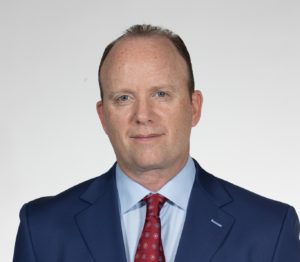 On April 14 USSF made the news official, notifying member clubs and posting a public letter attributed to new federation CEO Will Wilson explaining that “the extraordinary and unanticipated circumstances around the COVID-19 pandemic have resulted in a financial situation that does not allow for the continuation of the Development Academy program into the future. We know that suddenly discontinuing a program that has been with U.S. Soccer for many years is shocking, but these unprecedented times required acting now.” Wilson also said he was taking a 50% pay cut.
On April 14 USSF made the news official, notifying member clubs and posting a public letter attributed to new federation CEO Will Wilson explaining that “the extraordinary and unanticipated circumstances around the COVID-19 pandemic have resulted in a financial situation that does not allow for the continuation of the Development Academy program into the future. We know that suddenly discontinuing a program that has been with U.S. Soccer for many years is shocking, but these unprecedented times required acting now.” Wilson also said he was taking a 50% pay cut.
Over the ensuing weeks SoccerWire.com spoke with a range of coaches, directors, scouts and others in and around the DA in search of understanding about what happened, and why. In order to give them the freedom to speak frankly about sensitive matters without fear of personal or organizational backlash, we granted them anonymity, and have collected some of their most striking and revelatory statements here. It’s not a complete reckoning of the DA’s demise, but it does shed some light.
A MAD SCRAMBLE
As the rumors spread, technical directors at DA clubs reached out to USSF representatives, and among themselves, in search of information. But little to nothing was forthcoming from U.S. Soccer officials – even the DA’s managers professed to have no idea what was going on, according to one source.
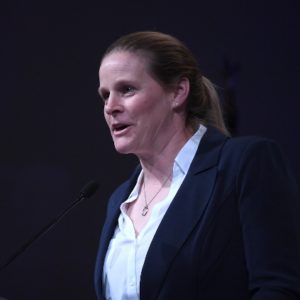 As TDs and DOCs shared with one another what they were hearing, a general upshot emerged that the DA was in trouble, placed on the chopping block by the fed’s new leadership, Wilson and president Cindy Parlow Cone. Several people said those two were alarmed to discover just how suddenly precarious USSF’s overall financial position was, with revenue generators like national team matches brought to a screeching and indefinite halt and the looming potential of a costly settlement with the U.S. Women’s National Team over their equal-pay litigation. One well-connected source called the numbers “terrifying,” and lamented that public trust in the federation had ebbed so low that even a fully transparent approach might not have been fairly received.
As TDs and DOCs shared with one another what they were hearing, a general upshot emerged that the DA was in trouble, placed on the chopping block by the fed’s new leadership, Wilson and president Cindy Parlow Cone. Several people said those two were alarmed to discover just how suddenly precarious USSF’s overall financial position was, with revenue generators like national team matches brought to a screeching and indefinite halt and the looming potential of a costly settlement with the U.S. Women’s National Team over their equal-pay litigation. One well-connected source called the numbers “terrifying,” and lamented that public trust in the federation had ebbed so low that even a fully transparent approach might not have been fairly received.
After years of speculation about the desire of some MLS academies to start their own competition, some quickly suspected that the pro league was seizing this opportunity to make that move.
Conspiracy theories were fed further fuel when the professional league’s announcement of its new platform to succeed the DA arrived mere moments after the federation’s letter was published. Yet in the lead-up to that day, MLS DoCs seemed just as taken aback as everyone else.
“Every U.S. Soccer staff member says they have no idea where this is coming from,” said one director at a non-MLS club. “MLS has been blindsided and do not want their own league right now, especially with the current [coronavirus] situation … MLS directors were all on calls with us. If they had known about this internally, U.S. Soccer would’ve told us that MLS would absorb us.”
One obviously frustrated veteran coach texted me: “Yet another MLS team tells me they don’t know what they’re going to do. They don’t have word from the [DA] on whether or not they’re keeping their own academy league going or not.”
“MLS wasn’t aware of it ‘til like a week before, not even,” said another.
SAVE THE DA?
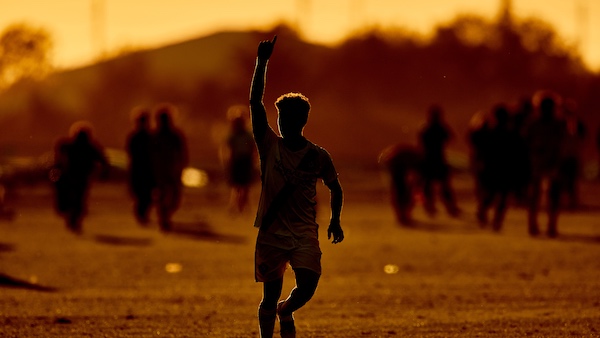
Member clubs across the nation struck up a litany of conference calls and other conversations that spanned many hours, aided in some ways by the lockdowns imposed by the COVID-19 outbreak. How could the DA be saved? After all, this was the top of the pyramid for both the members and the federation; surely something could be done.
“In the last week, before [the announcement], a group of us DA clubs tried to start lobbying the board and lobbying U.S. Soccer to engage in a conversation about it instead of just terminating it,” claimed one TD.
“I can’t tell you all the models many of us built for a new league. We all coordinated reps from conferences and had national and regional calls,” said another. “We were in conference calls since Friday morning, 10-12 hours a day … The amount of work the DA clubs put into staying together was amazing to see.”
If funding was the problem, it was generally felt, surely there were potential solutions, even if only as a stopgap towards a softer landing. Clubs offered to pick up expenses like referee fees and tournament costs to ease USSF’s burden, moves that would’ve saved the fed millions of dollars, though they would probably have been unsustainable beyond a year or two.
Such efforts seemed to garner support among federation staff, but the offers were ultimately refused in favor of immediate closure. Meanwhile, the lack of clarity from USSF forced clubs to prepare for the worst, and many began scanning the landscape for alternatives should their efforts fail. Some might have walked away even if a last-ditch salvage had been achieved.
“Most of the people at the federation were against this, 100%,” said a DOC. “Anyone below the board level was pretty much against the decision and fought it as much as they could.”
THE GIRLS DA CONUNDRUM
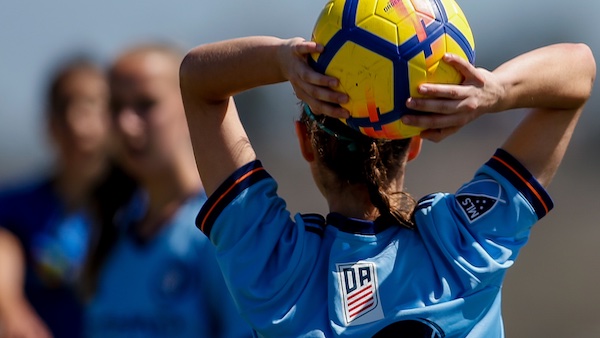
The Girls Development Academy, a much newer initiative launched in 2017, was perhaps the biggest, and also most sensitive, problem. Fairly or not, its existence was always tied to the USWNT’s accusations of gender inequity on the federation’s part.
Despite the competitive girls and boys environments being significantly different from one another – the independent ECNL had already arisen to provide a roughly comparable level of competition and commitment as the boys DA for elite girls clubs – the fed had insisted on applying effectively the same blueprint as the boys DA, and saw decidedly different results.
“The girls academy was struggling. They wanted to maybe change it or shut it down, but they couldn’t shut down the girls if they didn’t shut down the boys, because of the lawsuit that was ongoing with the women’s national team,” said one source. “So it was all optics and mitigating legal risk, all this kind of stuff, which led to a decision about things that were unconnected. Boys DA, in theory, should be unconnected to all those things.”
After luring many of the nation’s top youth clubs at the outset, the Girls DA saw wave after wave of defections after its first season, mostly back to ECNL, as some chafed at the top-down, dictatorial mindset of the fed compared to the ECNL’s membership-oriented structure. So the United States basically had two top-flight girls leagues in direct competition with one another, watering down the competitions levels and overall talent pool – and calling into question USSF’s seven-figure spending on their new project.
“The bottom 25 or so clubs for the DA and ECNL did not belong in those competitions. And I’m talking clubs, not even individual teams. This is especially apparent on the girls side,” one college coach who recruits in both leagues told SoccerWire.com.
“Level of play for bottom 25 clubs was poor. Poor/underdeveloped coaches, no pathway and over-saturation of the market killed many clubs’ ability to be good … There just aren’t enough high-level players to fill all these ‘elite’ teams’ programs, because there are so many local options that are equally as good at the USYS [US Youth Soccer] National League level.”
WHO MADE THE CALL?
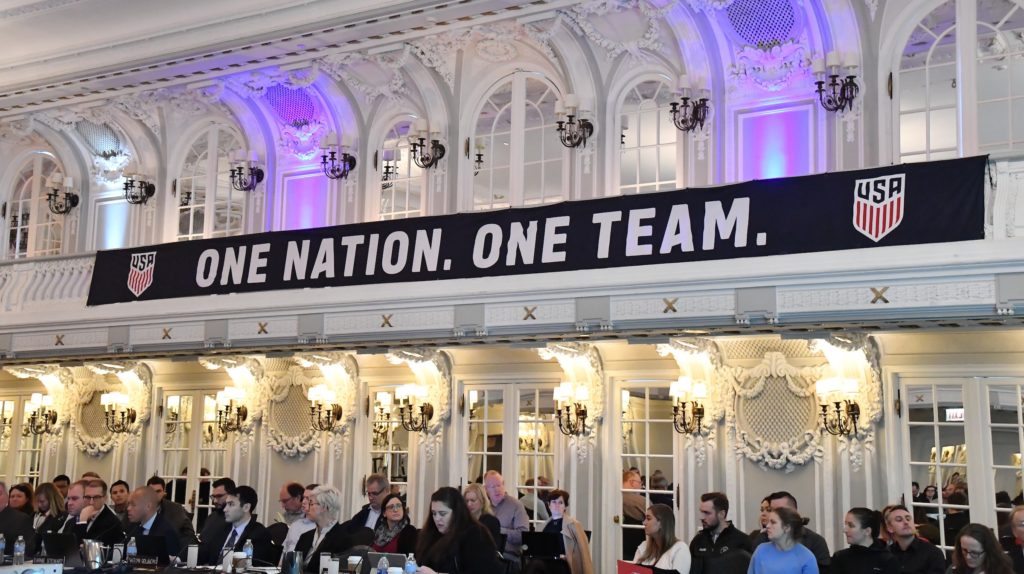
Cone and Wilson appear to have declined most if not all interview requests since the DA’s shuttering, so it’s hard to separate reality from rumor regarding their involvement in this process.
But several sources alleged that the two were the drivers of the DA decision, and noted with suspicion that North Carolina FC Youth, the club where Cone works as a director and Wilson serves on the board of directors, had decided to pull out of the DA in favor of ECNL just a few weeks beforehand. (Wilson stepped down from NCFC’s board upon accepting the USSF CEO position.)
“Red flag for some was Cindy Cone and Will Wilson’s club pulling out of DA and into girls ECNL last month,” said one source. Another, even higher-placed contact pushed back on that idea, however.
“That was sheer coincidence,” said that person. “Cindy doesn’t get involved … this is COVID, pure and simple.”
Given the economic shock waves from the pandemic that continue to reverberate across the globe, it’s understandable that USSF would adopt a risk-averse approach to finances in these uncertain times, even though the USWNT’s legal campaign subsequently sustained a major setback in the courts when several key pillars of their case were thrown out by a federal judge in California. The fed has also slashed its spending on youth national teams and laid off a number of staffers.
Perhaps it’s a symptom of the wider distrust of USSF in the wake of the men’s national team’s 2018 World Cup qualifying failure and other stumbles, but skepticism of the fed’s claims of financial duress abounds.
“If they wanted to, they could have easily found a solution. They could have easily done this in a year’s time and let people find the right solution,” said one DA TD. “You can easily have passed some financial obligation off to clubs, if that was really the issue. You could have waited until post-COVID. There’s a lot of things you could do.
“There’s plenty of resources that the federation has if they wanted to. So, this wasn’t on the surface an issue related to economics, or COVID. And then we just learned that over time that there was just some political things at the board level.”
The bigger question, and admittedly one that’s harder to calculate, is what the hurried shuttering of the DA cost their reputation in the longer term.
DISMAY AND DISGUST
From almost the beginning, the federation generally asked a lot of its DA clubs. Members were required to prove high levels of coaching education and licensing among their staff, have access to substantial physical facilities and reduce or remove fees for their DA players in older age groups. At the beginning, even formations and styles of play were dictated by USSF.
“They not only wanted us to make it free – and honestly, that’s impossible for clubs like us – the second thing is, they want us to build facilities,” said a top official at a non-MLS club in a high-cost-of-living suburb of a large metropolitan area. “An acre of land costs a million dollars here! So those were unrealistic expectations.”
In that context, abruptly retreating from the scene is not just a dollars-and-cents decision.
“All these clubs that you’ve now caused to spend all this money, and meet all these guidelines, and now you’re just going to pull it away?” pondered one MLS coach with an academy background in a conversation with SoccerWire.com. “To now hide behind a virus and affect that many hundreds of people – preach for 10 years of development and then all of a sudden, pull the legs out from under it? That’s a bad one, man. I can name 10 clubs within the couple miles of our affiliate region that invested a ton of money, went all in, got facilities, fields – people went broke to fund it – and now it’s going to be gone?”
A veteran academy director with decades of experience both inside and outside MLS also pointed to the human element.
“It could have been wrapped up in a better way that maybe respected the clubs that were members of it a little more, maybe respected the people that put a lot of time into it a little bit better,” he said. “If the decision is made, for whatever reasons, that it needs to go away, OK, that’s fine. But if it’s gonna go away, let’s do it the right way.”
Said another on the girls side: “The financial impact came in and they just decided to cut and run … if they wanted to get out of the league game, for us it would have been logical to say, ‘hey, this is going to be the last year of the DA.’ Even if it’s reduced programming. But to dump that, in the middle of April, in the middle of a pandemic, when there’s not an established transition plan, was pretty brutal.”
 The internal politics of Soccer House are the murkiest factor in all this. Some allege that former USSF CEO Dan Flynn proposed shutting down the DA months or years ago, while others point to the unpopularity of former executive Jay Berhalter, a key figure in the DA’s conception and development. Pile these dynamics on top of the fed’s awkward handling of the divide between MLS and non-MLS DA clubs, and you have a recipe for discord.
The internal politics of Soccer House are the murkiest factor in all this. Some allege that former USSF CEO Dan Flynn proposed shutting down the DA months or years ago, while others point to the unpopularity of former executive Jay Berhalter, a key figure in the DA’s conception and development. Pile these dynamics on top of the fed’s awkward handling of the divide between MLS and non-MLS DA clubs, and you have a recipe for discord.
“When you have three groups involved and everyone’s blaming each other, it’s hard to really pinpoint what the heck is going on,” said a non-MLS TD. “U.S. Soccer is saying, ‘MLS wants to do this,’ and MLS is saying, ‘no, we really don’t want to do this, we want to do this.’ And then there’s this rumor that MLS doesn’t want to play us. That was just a dysfunctional method to try and develop players in.”
In the final reckoning, the DA endgame has confirmed the worst suspicions of many, and left a surprising number of non-MLS academies happy to partner with MLS, who at least have an effective administrative infrastructure and business model.
“They [USSF] did what I think was actually the wrong thing in every aspect of it – the decision, the messaging, the timing, the reasoning, the politics. There was not one thing that was done correctly,” said a non-MLS TD.
“MLS, like them or not, they’re a business, they’re successful businessmen with very successful ownership who know how to run things. You got to give them a lot of credit. So I would much rather bet on that horse.”
Many DA clubs have shifted to ECNL, which now operates both girls and boys leagues, while another group of Girls DA members have launched their own national competition called The Girls Academy. The DA undoubtedly left a legacy; for most, the initial shock and disappointment around its collapse has given way to optimism about a brighter future guided by the lessons of its rise and fall.
“Ultimately, whenever one entity is running a league, they’re kind of handcuffed in terms of what they can do,” said a director of a girls academy program. “For us, we like a lot of the standards and things that have been created inside the Development Academy. We have the ability to create something new, and take away those limitations and really focus on, at the end of the day, what is the best for players.”

